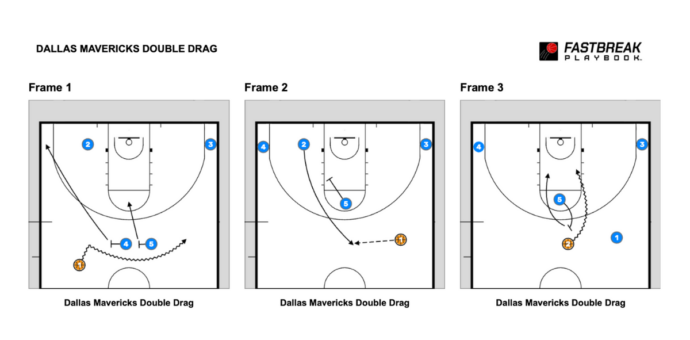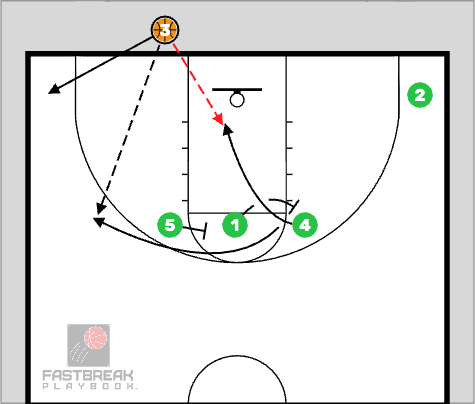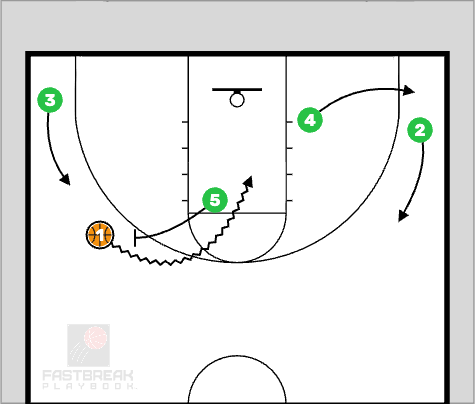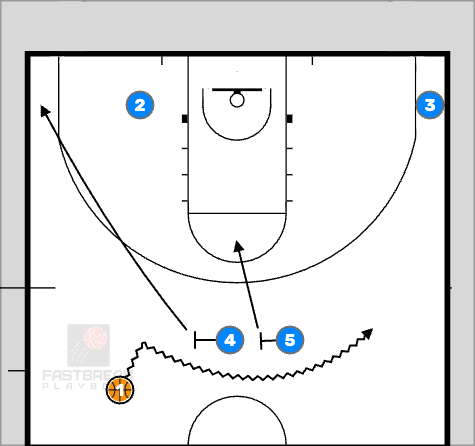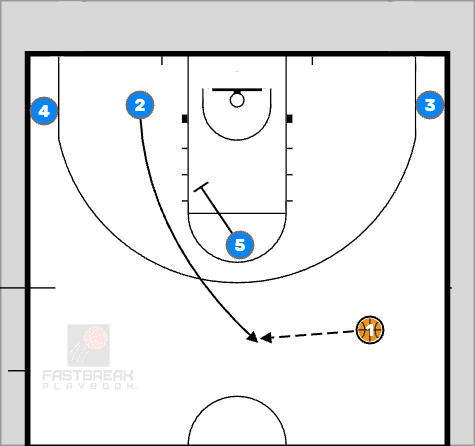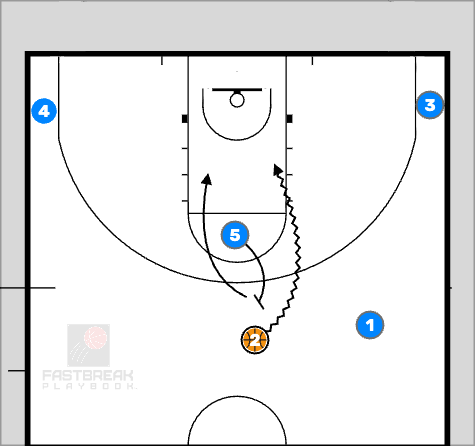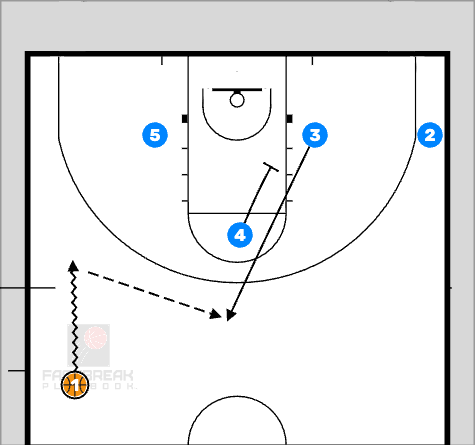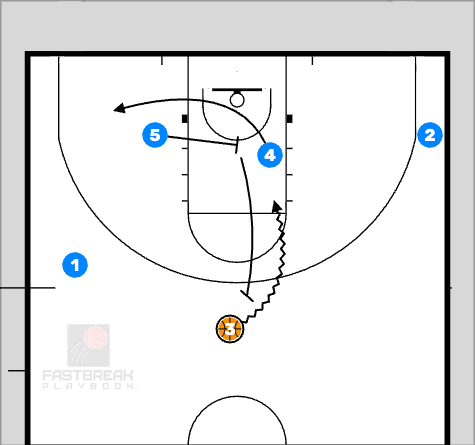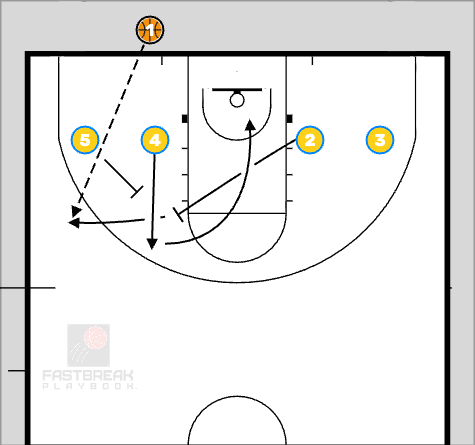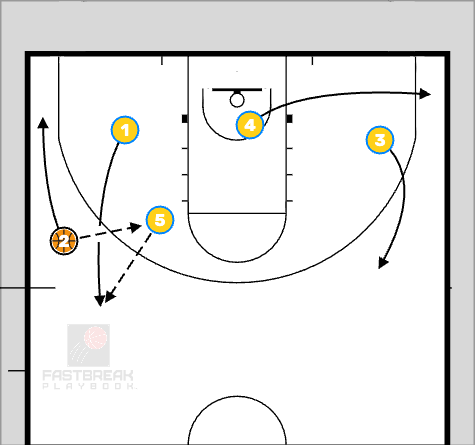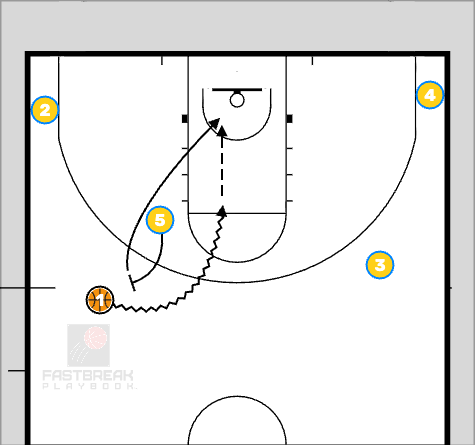The ball screen offense has rapidly become one of basketball’s most widely implemented strategies, due to several reasons: it creates spacing, facilitates the use of the read-and-react concept, and serves as an effective form of the “2-Man Game”.
During the 2024 NBA Conference Finals, teams such as the Boston Celtics, Indiana Pacers, Minnesota Timberwolves, and Dallas Mavericks all displayed various forms of the ball screen offense.
Advantages of Ball Screen Offense
This offensive approach offers numerous advantages. It forces defenders into difficult positions, leading to mismatches and favorable player matchups. Executed properly, it spreads the floor, opening up opportunities for open shots, driving lanes, and clear passing options. Moreover, ball screens are highly versatile, proving effective in half-court sets, transition offenses, and crucial late-game scenarios.
Click Here To Find More Offensive Concepts In Our 700+ Play Database
Boston Celtics Baseline Out Of Bounds “Line”
Here’s an example of a baseline out-of-bounds set starting with a line formation, with the shooter positioned in the corner. This setup provides multiple scoring options. Initially, the aim is to catch the help defender off guard for a corner 3 to player 2, while player 4 flashes to the rim after setting double screens. The primary action involves isolating the wing for a ball screen between players 5 and 1.
Dallas Mavericks “Double Drag”
Transitioning to a 4-Out, 1-In formation, the double drag setup is an excellent choice for fast breaks. The center (player 5) plays a pivotal role by setting effective screens to create scoring opportunities through the pick-and-roll.
Minnesota Timberwolves Pin Down Pick & Roll
In a straightforward 4-across formation, ample space is available regardless of the play. Before initiating the main action, there’s a subtle back screen option for player 4 if their defender lapses. If this option is not open, the primary objective shifts to returning the ball to the point guard and setting up an isolated wing ball screen.
Indiana Pacers 4-Across Wing Ball Screen
The play is specifically designed to deliver the ball to the playmaker guard (player 3), enabling them to generate offense off a high ball screen. Meanwhile, players 4 and 5 provide screen pindown and high ball screen options. One of them can sprint into a ball screen, while the other adjusts their positioning to maintain optimal spacing. Additionally, the cross-screen action between players 4 and 5 can be utilized to create an easy duck-in opportunity.


